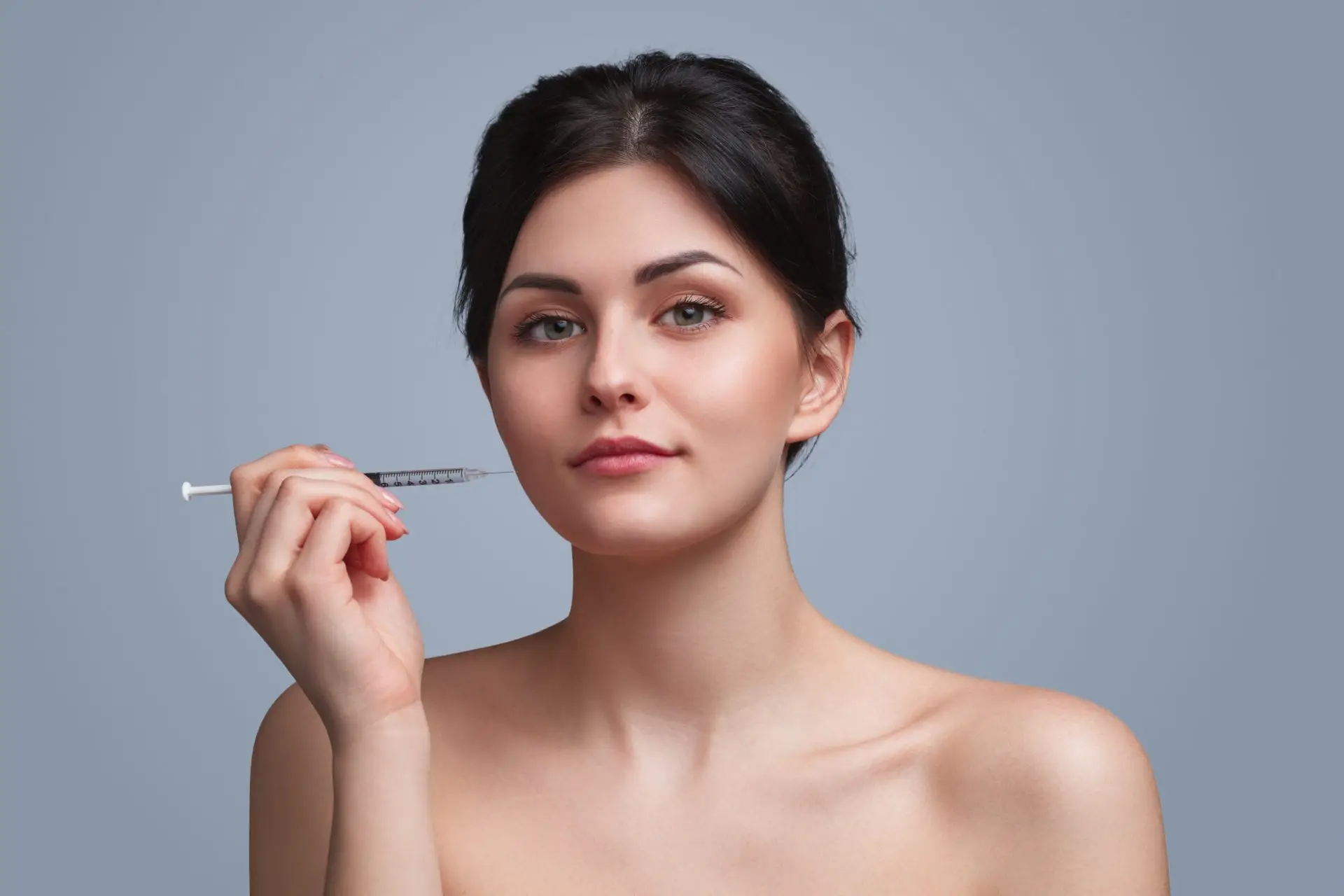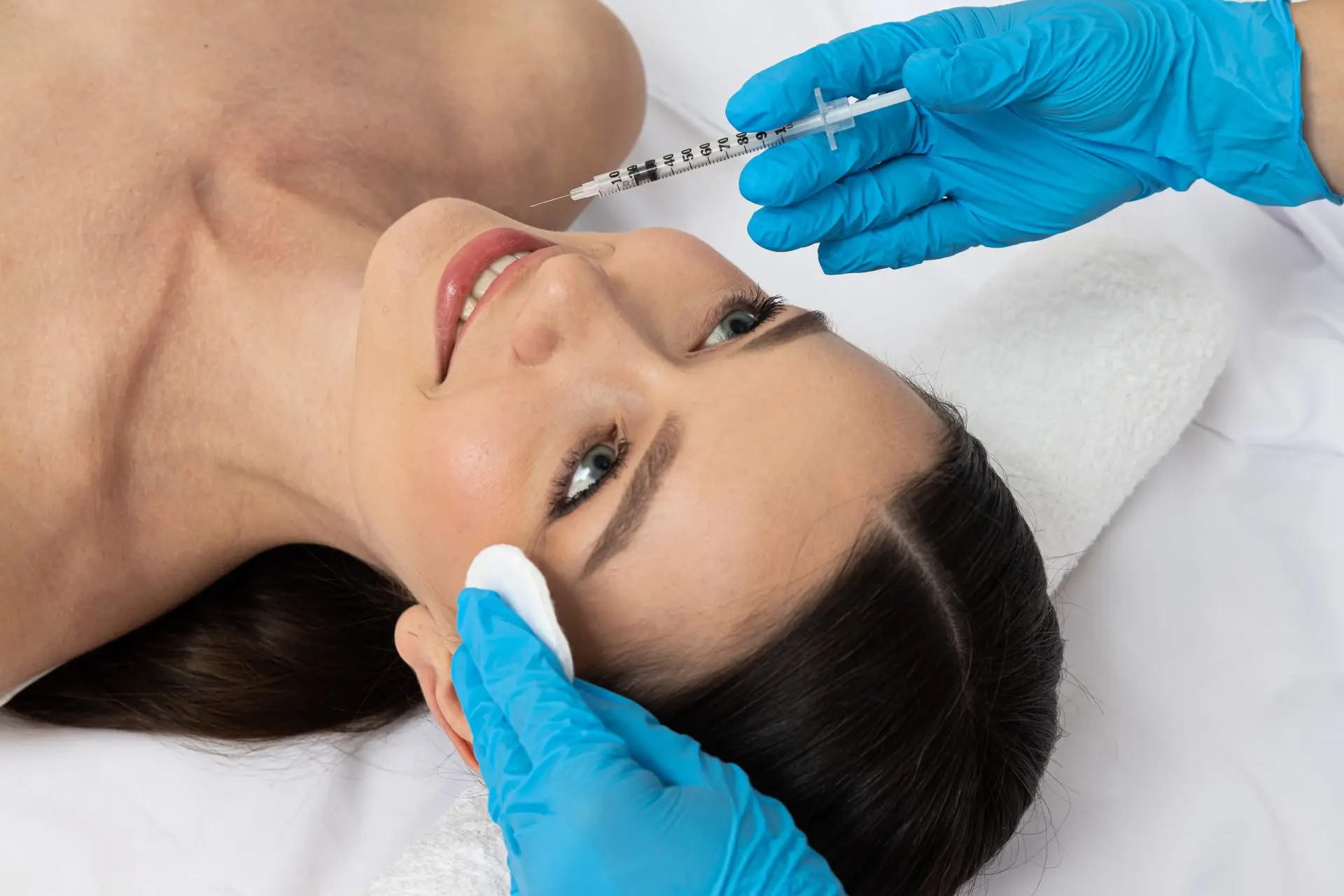
PRP
We use the best and latest PRP techniques to guarantee you get the best results.
Platelet-RichPlasma (PRP) Therapy: Benefits, Uses, and What to Expect
Platelet-Rich Plasma (PRP) therapy is a cutting-edge treatment that harnesses the body’s own healing power to treat injuries, reduce pain, and promote tissue repair. By concentrating platelets from a patient’s blood and injecting them into injured areas, PRP therapy helps accelerate the healing process and stimulate tissue regeneration. This guide provides a comprehensive overview of PRP therapy, including its benefits, common uses, the treatment process, and what patients can expect during recovery.
What is Platelet-Rich Plasma (PRP) Therapy?
Platelet-Rich Plasma (PRP) therapy is a regenerative treatment that uses the patient’s own blood to aid in healing and reduce inflammation. Platelets, which are a component of blood, contain growth factors and proteins that promote cell repair and tissue regeneration. In PRP therapy, blood is drawn from the patient, processed to concentrate the platelets, and then injected into the target area. By increasing the concentration of growth factors at the injury site, PRP therapy accelerates the body’s natural healing process.
Benefits of PRP Therapy
PRP therapy offers a variety of benefits, particularly for those looking for non-surgical treatment options:
- Accelerated Healing: PRP therapy promotes faster recovery for musculoskeletal injuries, such as tendonitis or ligament tears.
- Reduced Pain and Inflammation: PRP injections help decrease pain and inflammation, making them ideal for conditions like arthritis and chronic joint pain.
- Minimally Invasive: PRP therapy is a non-surgical option with minimal downtime and no need for general anesthesia.
- Natural Healing Solution: Since PRP uses the patient’s own blood, it minimizes the risk of allergic reactions or immune responses.
- Versatile Applications: PRP is used to treat various conditions, from sports injuries to aesthetic concerns, such as hair loss and skin rejuvenation.
Common Uses of Platelet-Rich Plasma (PRP) Therapy
PRP therapy is widely used in orthopedics, sports medicine, and cosmetic treatments. Here are some of the most common applications:
Joint Pain and Arthritis
PRP therapy is effective in treating joint pain and osteoarthritis, particularly in the knees, shoulders, and hips. By reducing inflammation and stimulating cartilage repair, PRP can help alleviate arthritis symptoms and improve joint function.
Tendon and Ligament Injuries
PRP injections are commonly used for tendon and ligament injuries, such as tennis elbow, rotator cuff tears, Achilles tendonitis, and plantar fasciitis. The growth factors in PRP promote tissue repair, helping to heal these stubborn injuries.
Hair Restoration
In cosmetic applications, PRP therapy is used to treat hair loss, particularly in cases of androgenic alopecia (male or female pattern baldness). Injecting PRP into the scalp stimulates hair follicles, promoting hair growth and thickening existing hair.
Skin Rejuvenation
PRP is also popular in dermatology and cosmetic treatments for skin rejuvenation. Often referred to as the “vampire facial,” PRP therapy is applied to the face to improve skin texture, reduce fine lines, and promote collagen production for a more youthful appearance.
How PRP Therapy Works
The PRP process involves several key steps, from blood collection to injection:
1. Blood Draw
A small amount of blood is drawn from the patient, usually from the arm. The amount of blood drawn depends on the area being treated and the concentration of PRP required.
2. Platelet Concentration
The blood is placed in a centrifuge, which spins it rapidly to separate the platelets from other blood components. This process creates a concentrated solution of platelets, which is then prepared for injection.
3. Injection into Target Area
The PRP solution is injected into the injured area or treatment site. For joint and muscle injuries, ultrasound guidance may be used to ensure precise placement. In cosmetic treatments, the PRP may be applied to the skin or injected into specific areas.
The entire procedure typically takes 30–60 minutes and can be performed in a doctor’s office without the need for general anesthesia.
Who is a Good Candidate for PRP Therapy?
PRP therapy is suitable for individuals seeking a non-surgical option for pain relief, tissue healing, or aesthetic enhancement. Ideal candidates include:
- Patients with Joint or Tendon Pain: Those with joint pain, tendonitis, or mild arthritis may benefit from PRP as an alternative to surgery.
- Individuals with Hair Loss: People experiencing hair thinning or early hair loss may see improvements with PRP scalp injections.
- Active Individuals: Athletes and physically active people who want to recover quickly from injuries may benefit from PRP therapy.
- Aesthetic Patients: Individuals looking for skin rejuvenation without invasive procedures may consider PRP facials or injections.
However, PRP may not be suitable for individuals with blood disorders, certain medical conditions, or active infections. A consultation with a healthcare provider can help determine if PRP is appropriate.
Recovery After PRP Therapy
Recovery from PRP therapy is generally minimal, but post-treatment care is essential for optimal results:
- Avoiding Physical Activity: Patients are advised to avoid strenuous activity for the first 48 hours after PRP injections, particularly if the treatment was for joint or tendon issues.
- Gradual Return to Exercise: Light activities can resume within a few days, but more intense exercise should be postponed for at least a week, depending on the treatment site.
- Managing Discomfort: Mild discomfort or soreness at the injection site is normal and usually subsides within a few days. Over-the-counter pain relievers, like acetaminophen, may be used if approved by the doctor.
- Follow-Up Appointments: For some conditions, multiple PRP sessions may be recommended. Follow-up appointments help assess progress and determine if additional treatments are needed.
Full healing and visible results from PRP therapy vary depending on the area treated. For example, joint and tendon injuries may show improvement within a few weeks, while hair growth and skin rejuvenation may take a few months to become noticeable.
Risks and Potential Side Effects of PRP Therapy
PRP therapy is generally considered safe, as it uses the patient’s own blood. However, there are some potential side effects and risks to be aware of:
- Mild Pain and Swelling: Temporary pain, swelling, and bruising at the injection site are common and usually resolve within a few days.
- Infection: As with any injection, there is a slight risk of infection, though this is rare with sterile techniques.
- Blood Clotting Concerns: PRP may not be suitable for individuals with blood disorders or those taking blood thinners.
- Temporary Inflammation: PRP may cause a temporary increase in inflammation, which is part of the healing process. This is generally mild and subsides on its own.
Choosing a qualified, experienced provider can help reduce the risk of complications and ensure safe, effective treatment.
FAQs about Platelet-Rich Plasma (PRP) Therapy
How long does it take to see results from PRP therapy?
The timeline varies depending on the treatment area. For joint or tendon injuries, results are often noticeable within a few weeks. Hair restoration and skin rejuvenation may take 3–6 months to show full results.
How many PRP sessions are needed?
The number of sessions depends on the condition being treated. Some patients may see results after one session, while others may require multiple sessions spaced several weeks apart.
Is PRP therapy painful?
Most patients experience only mild discomfort during PRP injections, especially with numbing agents. Some soreness at the injection site is normal and subsides quickly.
How long do PRP therapy results last?
Results can last several months to a year or longer, depending on the condition and the patient’s lifestyle. Some patients opt for annual maintenance sessions to prolong the effects.
Can PRP be combined with other treatments?
Yes, PRP therapy is often combined with other treatments, such as microneedling for skin rejuvenation, or as part of a comprehensive hair restoration plan.
Is PRP covered by insurance?
PRP therapy is generally considered an elective treatment, so it is not typically covered by insurance. However, some providers may offer payment plans or financing options.
Conclusion
Platelet-Rich Plasma (PRP) therapy offers a natural, versatile option for individuals seeking pain relief, tissue repair, or aesthetic enhancement. With applications ranging from joint pain and sports injuries to hair restoration and skin rejuvenation, PRP has transformed treatment options in both medical and cosmetic fields. Patients looking for a minimally invasive solution with minimal downtime may find PRP therapy to be a safe and effective choice. By consulting a qualified provider and following recommended aftercare, individuals can enjoy the regenerative benefits of PRP and achieve long-lasting results.
What are the benefits of PRP treatments in aesthetics?
The benefits of PRP treatments in aesthetics include:
- Improved Skin Texture and Tone: PRP can help to rejuvenate the skin, making it appear smoother and more vibrant.
- Reduction of Fine Lines and Wrinkles: By promoting collagen production, PRP treatments can reduce the appearance of fine lines and wrinkles.
- Enhanced Hair Growth: For individuals experiencing hair thinning or loss, PRP injections into the scalp can stimulate hair follicles to grow new, healthy hair.
- Accelerated Healing: PRP is often used alongside other cosmetic procedures to speed up the healing process and improve outcomes by enhancing tissue regeneration.
- Natural Results: Since PRP is derived from the patient’s own blood, it is considered a natural treatment option with a lower risk of allergic reactions.
What should patients expect during and after a PRP procedure?
During a PRP procedure, patients can expect the following steps: a small amount of blood is drawn from their arm, the blood is then processed in a centrifuge to concentrate the platelets, and the PRP is injected into the treatment area. The procedure usually takes about 30 to 60 minutes, depending on the area being treated.
After the procedure, patients may experience mild swelling, redness, or bruising at the injection sites, but these side effects typically resolve within a few days. There is minimal downtime, and most patients can return to their normal activities immediately after the treatment. Results can vary, but improvements in skin texture or hair growth may be noticeable within a few weeks to months after treatment. Multiple sessions may be required for optimal results.
Start the change and get the most out of your style with PRP operation in Turkey
Make a free consultation with us.
Get Offer Now















